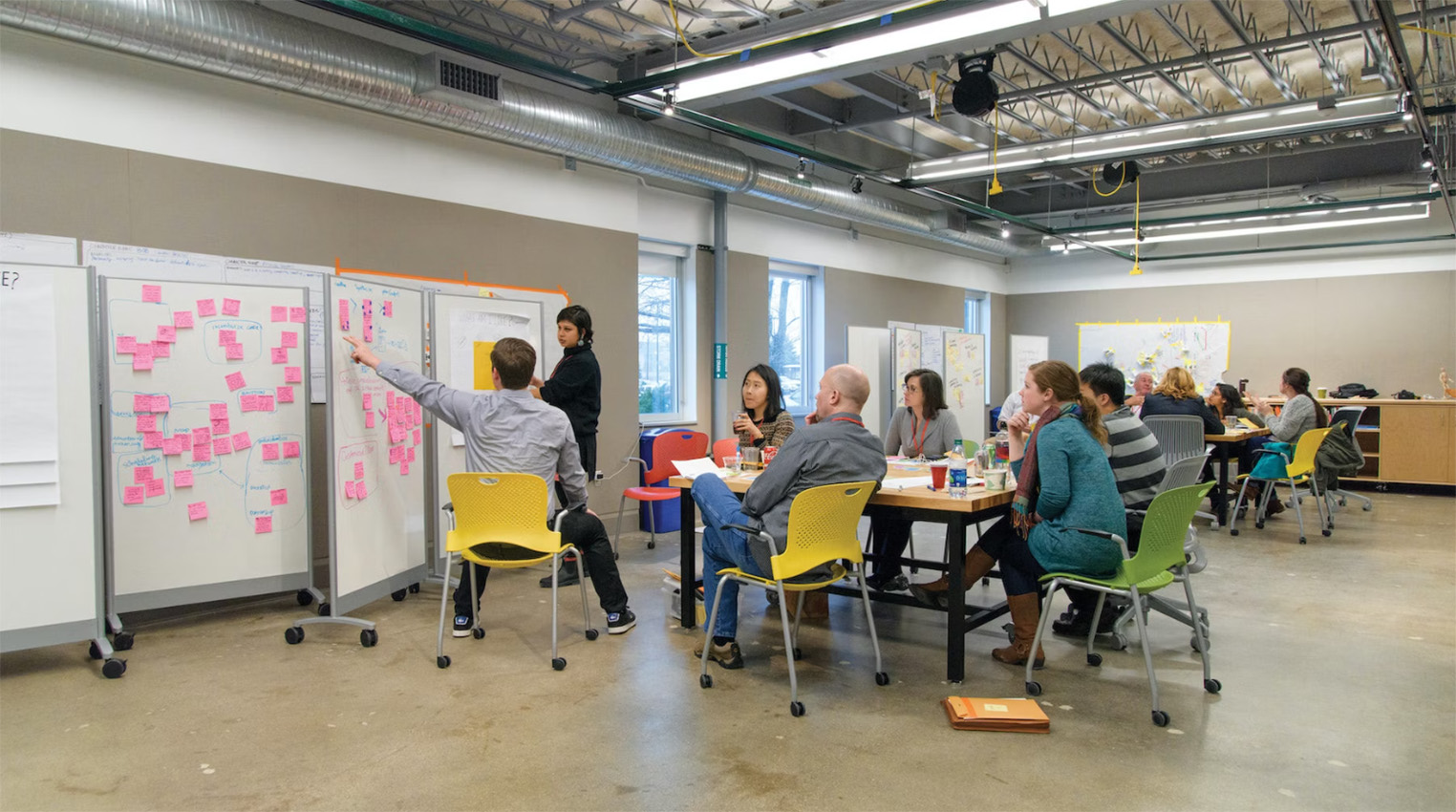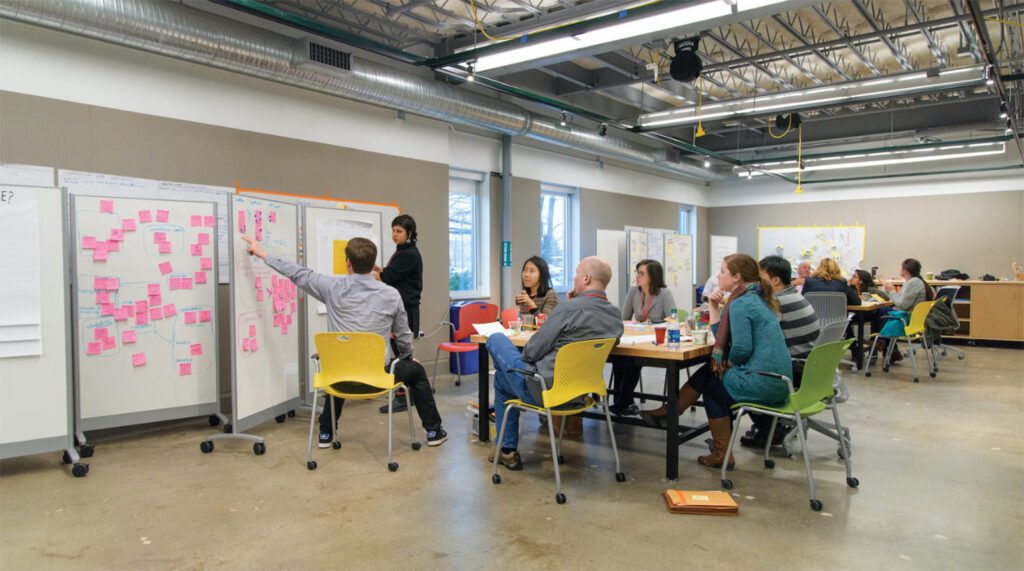
Integrative Design
Art
Providing the Personalization & Convenience You Need to Succeed!
The Master of Fine Arts in Integrative Design degree program is a 60 credit hour program consisting of 18 hours of core courses, 33 hours of required or free elective courses, allowing students to pursue their professional interests, and 9 hours of required research.
APPLY TODAY!Program Information

Pamela Keller
Professor of Art
Department:College of Arts and Sciences
Office:
Alabama Center for the Arts
Visual Arts Building, Room 315
